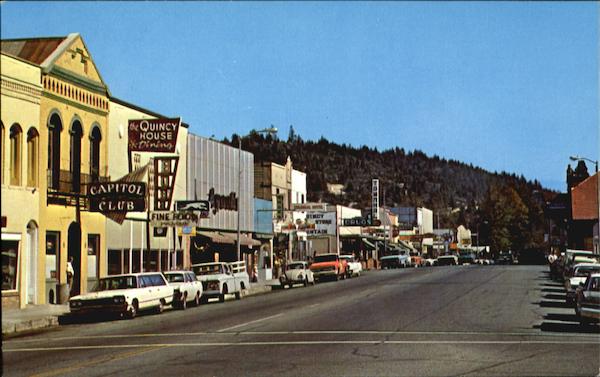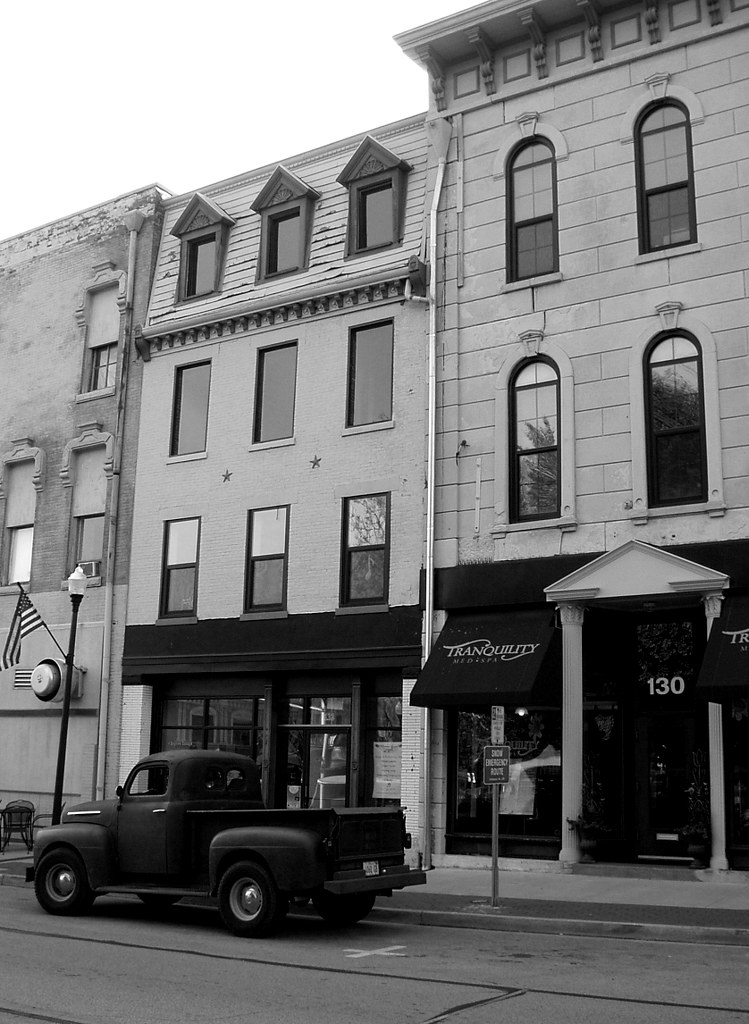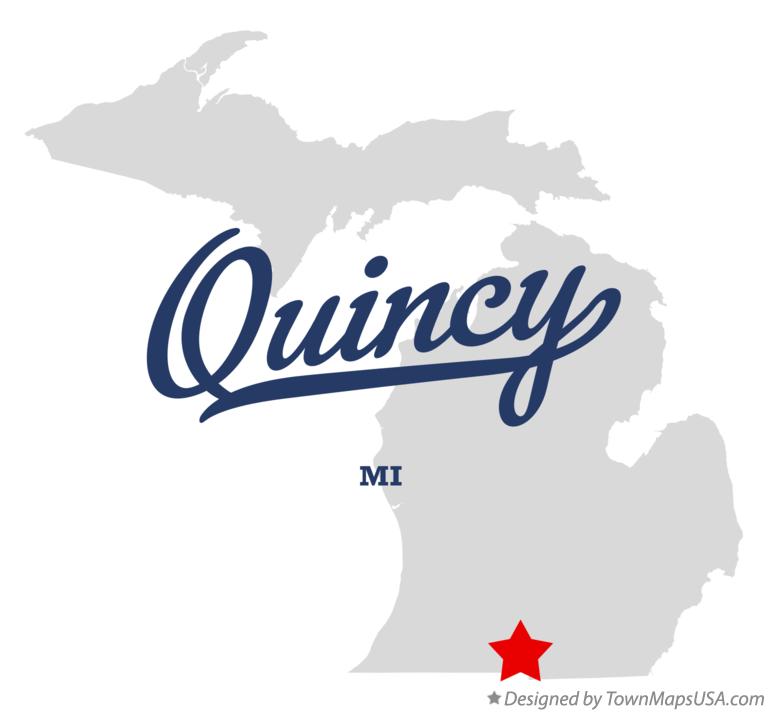
The city of Sacramento, named after the Santísimo Sacramento (Spanish for "Most Holy Sacrament") The city of Riverside, named for its location on the Santa Ana River The Feather River plumas is Spanish for " feathers". Placer mining, a reference to the area being a center of the California Gold Rush Oranges, to illustrate a perception of a region with a semi-tropical atmosphere to those from the eastern parts of the United States The neighboring state was named after the county, which was named after Nevada City. The phrase Sierra Nevada nevada is Spanish for "snow-covered", referencing the area's high elevation.

Mono Lake derived from Monachi, a Yokuts name for native peoples of the Sierra Nevadaĭerived from Monterey Bay, which was named for a Viceroy of New Spain, Gaspar de Zúñiga, 5th Count of Monterreyĭisputed origin possibly derived from the Patwin word napo, meaning "home" The city of Merced, derived from the original Spanish name El Río de Nuestra Señora de la Merced ("River of Our Lady of Mercy") The city of Mariposa mariposa is Spanish for " butterfly".Īntonio de Mendoza, first viceroy of New Spain

The city of Madera, which was named for the lumber industry it was created for madera is Spanish for "wood" or "timber".Ĭhief Marin, "great chief of the tribe Licatiut" (a branch of the Coast Miwok people) The city of Los Angeles, derived from the original Spanish name El Pueblo de Nuestra Señora la Reina de los Angeles del Río de Porciúncula ("The Village of Our Lady, the Queen of the Angels of the River of Porziuncola") Peter Lassen, a Danish naturalist and explorer Plumas and Shasta, and now defunct Lake County, Nevada Kings River original Spanish name Rio de los Santos Reyes ("River of the Holy Kings") Imperial Valley, named after the Imperial Land CompanyĮxact etymology disputed early settlers believed Inyo to be the native name for area mountains, but it may be the name of a Mono Indian leader.Įdward Kern, cartographer for John C. Glenn, a California businessman and politicianĪlexander von Humboldt, a German naturalist and explorer The city of Fresno fresno is Spanish for "ash tree". Location along California's northern border del norte is Spanish for "northern".Įl Dorado, a mythical city of gold, owing to the area's significance in the California Gold Rush Location across San Francisco Bay from San Francisco contra costa is Spanish for "opposite coast". Sutter Buttes, which were mistakenly thought to be in the county at the time of its establishmentĬalaveras River calaveras is Spanish for "skulls". Jose Maria Amador (1794–1883), a soldier, rancher, and miner who, along with several Native Americans, established a successful gold mining camp near present-day Amador City in 1848 Location high in the Sierra Nevada alpine refers to the Alps or other mountains. The oak and other trees, once abundant in the region alameda is Spanish for " avenue shaded by trees" or " cottonwood grove".Īmador, El Dorado, Calaveras, Mono and Tuolumne Bonaventure, the namesake of the local mission. Our Lady of Mercy (Merced) and Our Lady Queen of The Angels (Los Angeles)), and Ventura County, whose name is a shortening of the name of St. This count omits Santa Cruz ("Holy Cross") County (not named for a saint), Merced County and Los Angeles County, both of whose names refer to Saint Mary, (i.e. Nine counties in California are named for saints, tied with Louisiana for the largest number.

They are Alameda, Butte, El Dorado, Fresno, Los Angeles, Orange, Placer, Sacramento, San Bernardino, San Diego, San Francisco, San Mateo, Santa Clara, and Tehama. Of the 58 counties in California, 14 are governed under a charter. A charter county is granted limited home rule powers. The most recent county to form was Imperial County, in 1907.Ĭalifornia is home to San Bernardino County, the largest county in the contiguous United States, as well as Los Angeles County, the most populous county in the United States.Ĭalifornia counties are general law counties by default, but may be chartered as provided in Article XI, Section 3 of the California Constitution. Another fourteen counties were formed through further subdivision from 1861 to 1893. These were further sub-divided to form sixteen additional counties by 1860.

The state was first divided into 27 counties on February 18, 1850. state of California is divided into 58 counties.


 0 kommentar(er)
0 kommentar(er)
